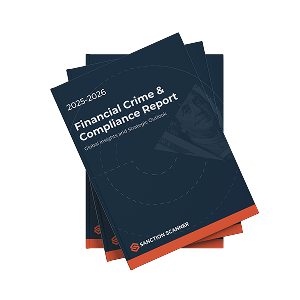Despite being a top economy in the Eurozone, Italy grapples with significant money laundering issues, impacting its financial integrity and economic growth. Italy loses an estimated €100 billion annually to money laundering, a figure that underscores the severity of these activities on its economy.
Key Insights:
- Legal and Regulatory Framework: The evolution of Italy's AML measures began in the late 20th century, with significant legal milestones such as Legislative Decree No. 143 of 1991 and subsequent updates aligning with EU directives and FATF standards.
- Key Regulatory Bodies: Institutions like the Bank of Italy, UIF, CONSOB, IVASS, and the Guardia di Finanza play pivotal roles in enforcing AML compliance and combating financial crimes.
- FATF Evaluations: Italy has shown progress in aligning with FATF Recommendations, particularly in areas like wire transfers and financial institution regulation, reflecting improvements in its AML strategies.
- Persistent Challenges: Despite advancements, Italy faces ongoing challenges with organized crime and a high volume of cash transactions, complicating efforts to curb money laundering activities.
This whitepaper serves as an essential guide for understanding the complexities of Italy's AML regulations and the continuous efforts required to combat financial crimes effectively. For a comprehensive analysis and detailed insights into Italy's AML strategies and future directions, please fill out the form to access the full document.
